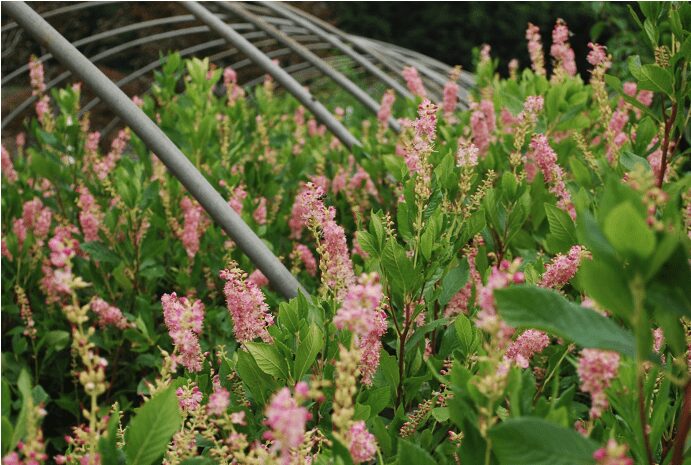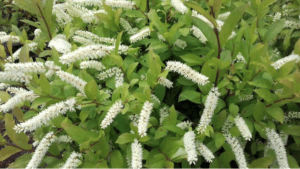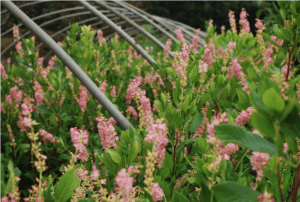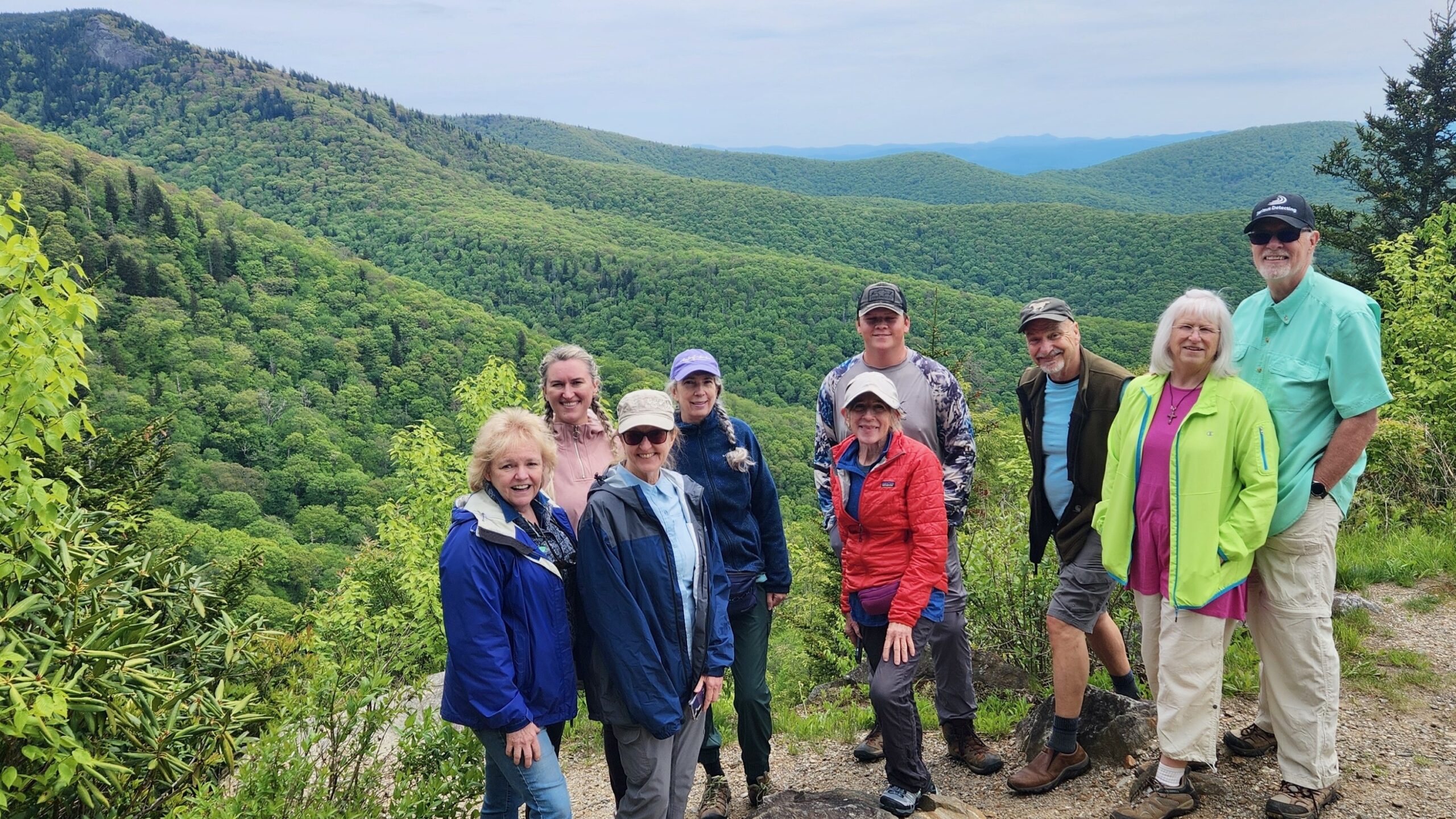Landscapes should reflect the heritage and culture of a region and say something about who we are and where we live in the world. Native landscapes provide what the ancient Greeks called “genius loci”; a sense of place.
Of course, North America’s natural landscape has changed quite a bit from the landscapes our ancestors knew. Early explorers Bartram, DeSoto, Douglas, Michaux, Nuttall and Townsend, documented and described America’s native flora and original landscape composition. The forests were rich mosaics of trees, shrubs, and herbaceous plants. Open areas such as prairies and savannas provided wonderful vistas of color and diversity. Then, as now, plants are essential to human survival, providing medicines, tools and food. Is our natural heritage represented in our landscapes today? Is our sense of place?
Including native plants and shrubs in landscape design marks a return to “common sense” gardening, and to landscapes that restore biodiversity and sense of place. It is logical to use plants that evolved in a region because they are adapted to the climate and will require less maintenance. Although most native shrubs are deciduous, they provide many design options and enhance wildlife (and human) habitats. Native shrubs benefit wildlife by providing cover, food, and nesting habitat. In turn, wildlife helps plants disperse seed and pollinate. It’s wonderful to smell Clethra’s (Clethra alnifolia) sweet fragrance and to see hummingbirds dancing around the plant’s flowering panicle, or watch butterflies visit Virgina Sweetspire (Itea virginica). These experiences, and a thousand others like them, remind us of the reality of where we are and of our part in nature’s system.
DESIGNING WITH NATIVE SHRUBS
Native shrubs can fill design needs for flower, fragrance, fall color, and define spaces as outdoor rooms. Designing with native shrubs allows you to create something different and unique while working within tried and true design principles. Instead of traditional foundation plantings, focus on loose groupings of several species. This approach breaks the monotony and offers a variety of colors, textures, and forms.
Some of my favorite species (for use in South Carolinian gardens) are Inkberry Holly (Ilex glabra), Virginia Sweetspire (Itea virginica), Summersweet Clethra (Clethra alnifolia), and Beautyberry (Callicarpa americana). These are very hardy, versatile and cost-effective shrubs.
In our urban landscape, there is often a need for a privacy hedge. Some great evergreen choices are Catawba Rhododendron (Rhododendron catawbiense), Mountain Laurel (Kalmia latifolia), Wax Myrtle (Myrica cerifera), Florida Anise (Illicium floridanum), and Eastern Red Cedar (Juniperus virginiana) which can serve as a large shrub or small tree. A sampling of large shrubs for shade to part shade are Oakleaf hydrangea (Hydrangea quercifolia), Possumhaw Viburnum (Viburnum nudum), and all the native azaleas. These are just a sampling of the many choices, so be sure to investigate your own regional options.
Native shrubs can offer new frontiers for American gardeners, while returning our landscapes to a more natural form. Next time you plant, think about breaking the mold -and doing the right thing – by landscaping for wildlife, helping preserve our regional landscapes, and enhancing our understanding of and respect for nature.






